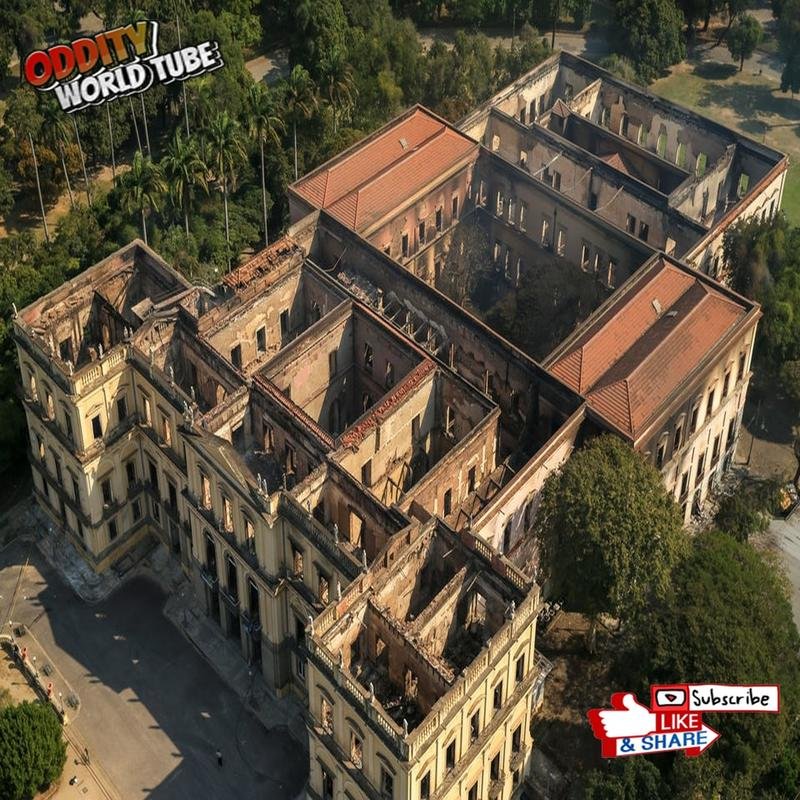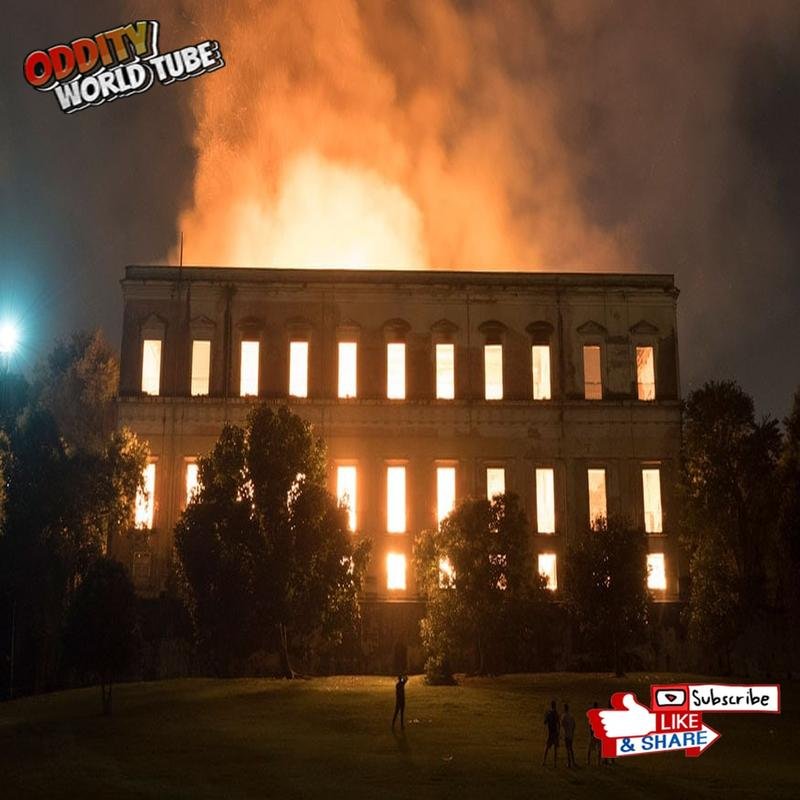The Brazil National Museum Fire: Uncovering the Secrets of a Historic Disaster

Brazil National Museum Fire: Loss & Legacy
On September 2, 2018, a catastrophic fire at the National Museum of Brazil in Rio de Janeiro resulted in the irreplaceable loss of a significant portion of global cultural and scientific heritage. The extensive fire, which burned for hours, destroyed millions of artifacts, historical documents, and scientific specimens crucial to Brazilian and world history.
The Devastation
Founded in 1818 by King John VI, the National Museum of Brazil was the oldest scientific institution in Brazil and one of the largest natural history and anthropology museums in the Americas. Its pre-fire collection encompassed a vast array of materials, including Egyptian artifacts, Greco-Roman art, a substantial paleontological collection, and treasures from Brazilian history. The 2018 fire inflicted devastating damage on Brazil’s cultural patrimony.
Significant Losses
Among the most significant losses was Luzia, the oldest known human skeleton in the Americas, dating back approximately 11,500 years. Luzia, a cornerstone of understanding early human settlement in the Americas, was almost entirely destroyed. The museum also suffered the complete loss of its invaluable collection of Egyptian mummies, considered among the most important in Latin America, representing a considerable loss to the study of Egyptian history in Brazil. The museum’s renowned paleontological collection included the skeleton of Maxakalisaurus topaiasi, a large Brazilian dinosaur from the Cretaceous period. This significant paleontological find was severely damaged. Furthermore, the museum lost numerous rare botanical and zoological specimens integral to ongoing scientific research, representing decades of accumulated scientific effort.
Causes and Neglect
The fire’s primary cause is attributed to longstanding neglect of museum maintenance and inadequate government funding. Despite its historical and scientific importance, the museum suffered from structural deficiencies, outdated electrical systems, and a lack of adequate fire suppression systems. Prior to the fire, researchers and staff repeatedly raised concerns regarding potential risks, but insufficient action was taken to mitigate these hazards.
Reconstruction and Recovery
Following the fire, the Brazilian government announced plans to rebuild the museum and conserve salvageable artifacts. A reconstruction budget was allocated, and international collaboration was initiated to provide assistance and expertise in restoration. However, the complete reconstruction of the museum and restoration of the damaged collections will require many years, potentially decades, and substantial financial investment. Researchers and emergency responders managed to recover some artifacts from the debris, albeit damaged, including certain metallic objects, fragments of pottery, and partially preserved fossil specimens. Efforts are underway to restore these items and reintegrate them into the museum’s new collection, but the overall losses remain catastrophic.
Lessons Learned and Future Implications
The fire at the National Museum of Brazil ignited widespread discussion regarding the critical importance of preserving cultural and scientific heritage and the necessity of adequate funding for cultural and scientific institutions. It also underscored the need for enhanced safety and fire prevention measures in museums and historical sites globally. The loss of artifacts, historical documents, and scientific specimens represents an irreplaceable loss to human knowledge and collective memory, a devastating blow to present and future generations.
Despite the immense destruction, the fire also presents an opportunity to re-evaluate approaches to the preservation and public accessibility of cultural and scientific heritage. Rebuilding the museum could result in the creation of a modern and advanced institution capable of providing engaging and interactive educational experiences for visitors while safeguarding the nation’s historical and scientific memory. The fire should serve as a persistent reminder of the imperative to invest in culture and science and to protect humanity’s heritage from potential risks. Governments, cultural and scientific institutions, and individuals must collaborate to prevent the recurrence of such a tragedy.
Rebuilding the National Museum of Brazil and restoring its salvageable collections presents a significant challenge, but also an opportunity to demonstrate a global commitment to preserving cultural and scientific heritage for future generations. This endeavor should serve as a symbol of hope and resilience, a testament to the enduring importance of knowledge and memory in building a better future. The losses resulting from the 2018 fire continue to affect the global scientific and cultural community. However, the commitment to rebuilding the museum and preserving its remaining heritage stands as a testament to the resilience of the human spirit and its capacity to overcome adversity.









